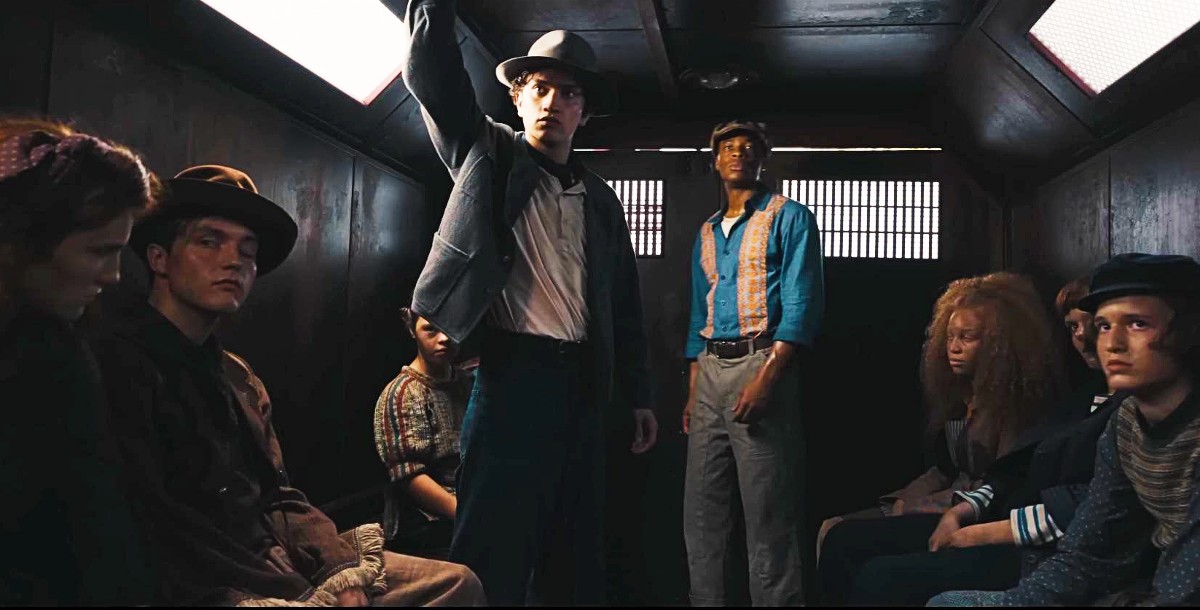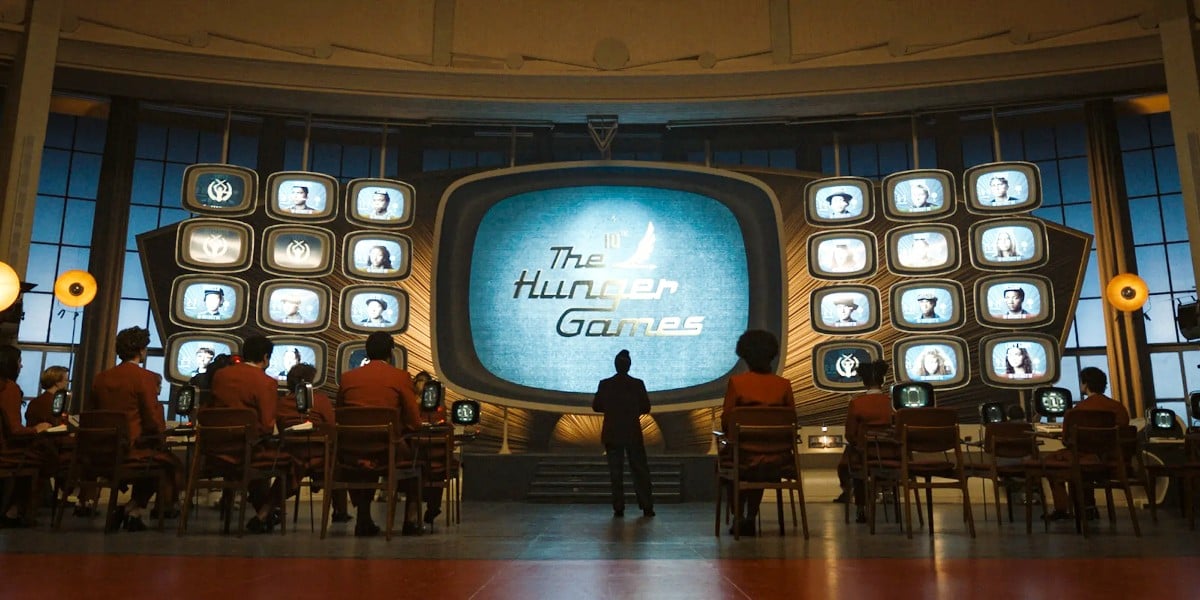‘Ballad of Songbirds and Snakes’ Inclusion Makes One Aspect of the Film Better Than the Book

The Hunger Games: The Ballad of Songbirds and Snakes differs from the book with its strong disability representation. Meanwhile, the inclusion actually makes the film more realistic and adds another layer to the Capitol.
The Ballad of Songbirds and Snakes premiered on November 17 and has been quickly drawing viewers back into the world of The Hunger Games. Based on the book of the same name by Suzanne Collins, the film serves as a prequel to the original Hunger Games series and centers on a young Coriolanus Snow (Tom Blyth) years before he became the President of Panem. Snow is a young student of the Capitol’s Academy and is chosen to serve as a mentor in the 10th Hunger Games, which sets him on the path to becoming the evil Snow we know from the original trilogy.
One of the most interesting aspects of The Ballad of Songbirds and Snakes is that it demonstrates how the Hunger Games has evolved over the years. During the 74th Hunger Games, viewers will recall that Katniss (Jennifer Lawrence) and Peeta (Josh Hutcherson) were treated almost like royalty (aside from being held captive) as the Capitol sought to glamorize them to attract viewers ahead of the Games. However, during the 10th Hunger Games, the Capitol was only just beginning to experiment with making the tributes a spectacle. Hence, they were treated horrifically and kept in cages, with many being ill, starved, and barely surviving until the Games.
The Ballad of the Songbirds and Snakes captures the Capitol’s evil by illustrating how it treated tributes and how the improvement in treatment was only for its own gain. However, the film actually went a step further in fleshing out the Capitol’s brutality through inclusion.
The Ballad of Songbirds and Snakes‘ inclusion improves the story

The Ballad of Songbirds and Snakes movie differs from the book in that the tributes are more diverse in this interpretation. Sofia Sanchez, an actor with Down syndrome, portrays the District 8 tribute Wovey. Sanchez does a terrific job of demonstrating the depths of the Capitol’s cruelty. In the book, Wovey isn’t explicitly described as having Down syndrome, and she spends the majority of the Games hiding before being accidentally poisoned by Lucy Gray Baird. The film, though, makes her death more tragic as she comes out of hiding when she mistakenly believes that the Games are over and she can go home.
The role was a huge milestone for Sanchez, who has been a prolific advocate for Down syndrome since she was only seven years old. Her message to viewers of The Ballad of Songbirds and Snakes was, “It’s no big deal if you have [Down syndrome], or if you don’t have it. We can all be different. And we can all be included.”
Sanchez was also joined on set by Australian actor Knox Gibson, an amputee, who portrays District 8 tribute Bobbin. Gibson explained, “Bobbin doesn’t have a limb difference in the book. The limb difference [in the film] is just incidental to the character. I don’t wear a prosthetic or anything. It’s not explained. It’s just that he’s an amputee, that’s all.” Meanwhile, German actor Kjell Brutcheidt, who has an eye condition, was cast as District 10 tribute Tanner.
Not only was it wonderful to see such an inclusive cast, but it makes The Ballad of Songbirds and Snakes more realistic and powerful. After all, when you think about it, isn’t it a bit unlikely that all these tributes, chosen at random, would all be able bodied? This batch of tributes feels more like what the reality would be at some of these Games, especially because there’s no evidence the Capitol distinguishes between tributes. It doesn’t matter to the Capitol who is chosen—if their name is reaped, they have to participate. No accommodations are made if a tribute is little more than a child, has Down syndrome, or is an amputee. They get tossed into the arena like everyone else. Director Francis Lawrence commented that even “if you were a young child and you have tuberculosis,” you’d be forced to participate.
It seemed there was already no greater evil than the Capitol forcing children to fight to the death in the Hunger Games. However, The Ballad of Songbirds and Snakes shows the true depths of this evil. It establishes that there is no mercy and no exceptions when it comes to the Capitol. It will put disabled children in the arena, not out of a genuine desire to treat them the same as everyone else, but because it doesn’t care. There’s not even a smidgen of humanity in its desperation for control and power. The Ballad of Songbirds and Snakes adds diversity to the original story but does so in a manner that makes the story even more meaningful and powerful.
(featured image: Lionsgate)
Have a tip we should know? [email protected]